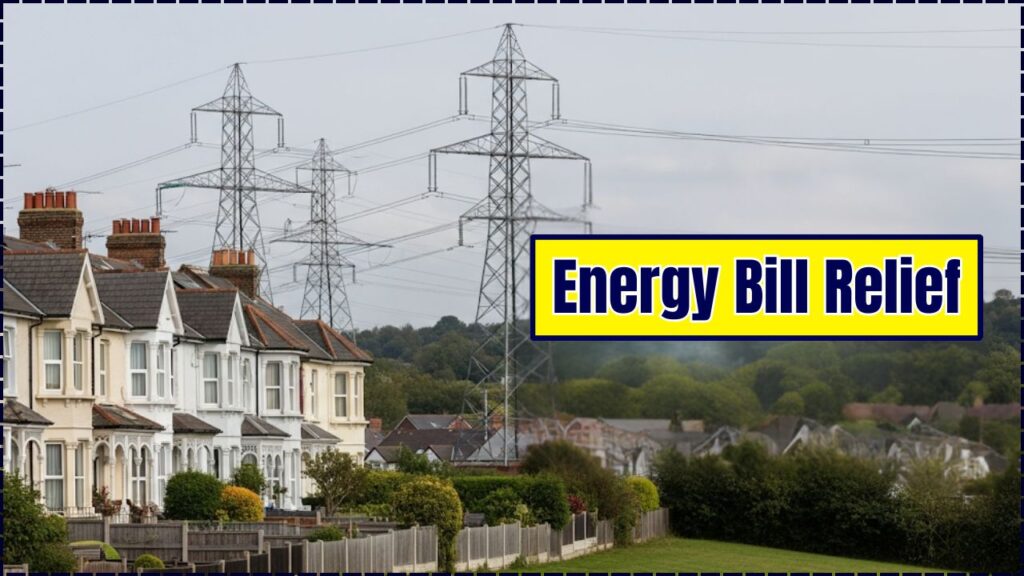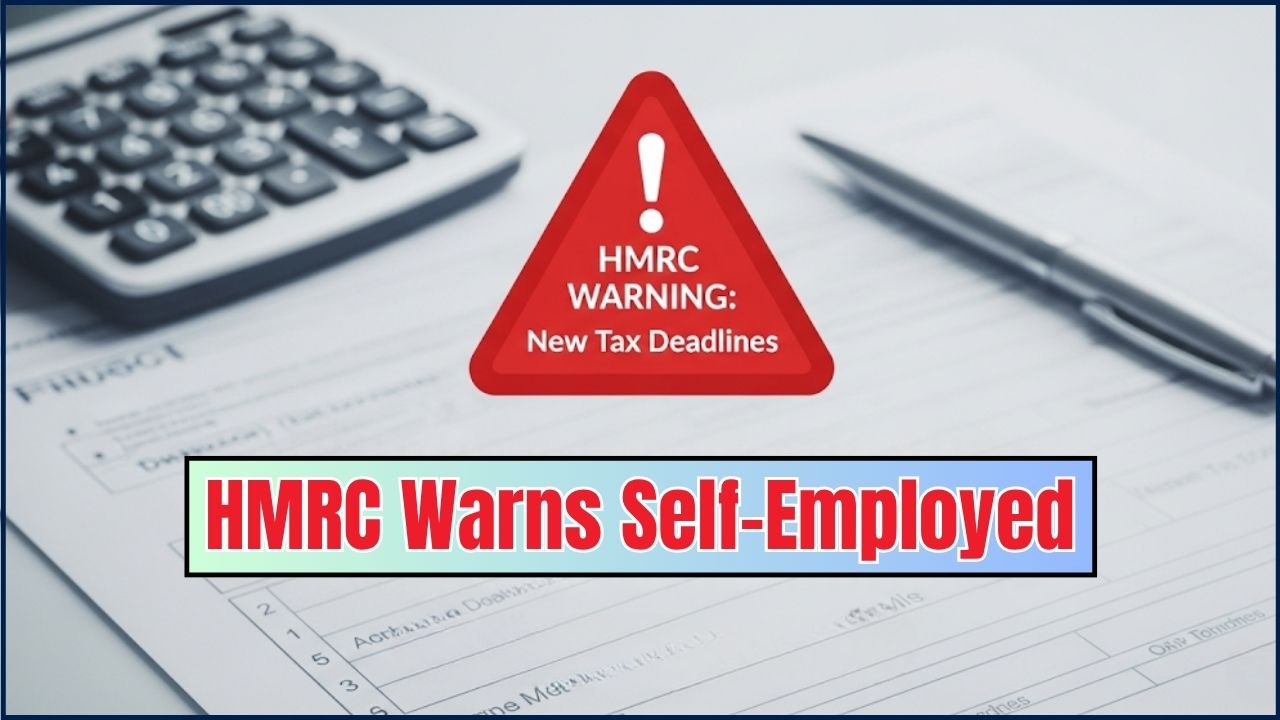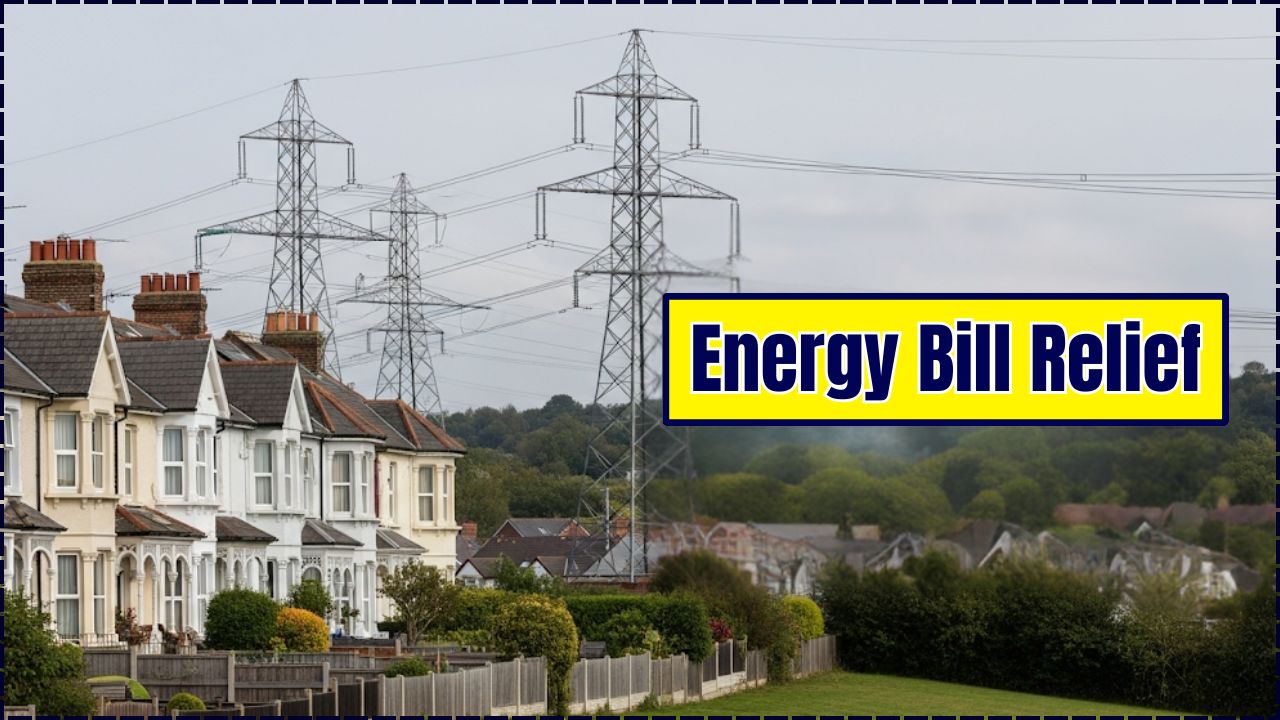In an exciting move by the UK government, homeowners living near new electricity pylons are set to receive a £250 annual payout to help ease their energy bills. This initiative, which is part of the government’s broader strategy to modernize the national electricity grid, is expected to benefit thousands of households living in close proximity to newly built or upgraded pylons. These homes will receive direct financial relief to offset the inconvenience and disruption caused by living near large-scale energy infrastructure.

As the UK strives to reach net-zero emissions by 2050, the expansion of the electricity transmission network has become a necessity. But what does this mean for those living near these new pylons? Let’s break it down.
Energy Bill Relief
| Key Point | Details |
|---|---|
| Payout Amount | £250 annually, totaling £2,500 over ten years |
| Eligibility | Homes within 500 meters of new or upgraded pylons and overhead power lines |
| Duration of Payouts | The program will run for a decade, offering support through 2036 |
| Start Date | Payouts are expected to begin in 2026, with the scheme covering various areas across the UK |
| Broader Scheme Goals | This initiative is part of a strategy to double the UK’s electricity transmission network by 2030 |
| Local Benefits | A portion of the funds will go towards local community projects such as sports clubs and schools |
The UK’s £250 annual payout for homeowners living near new or upgraded pylons is a positive step in the country’s transition toward a greener, more sustainable energy future. It balances the need for infrastructure development with the well-being of affected communities, offering financial relief while supporting long-term environmental goals.
By expanding the electricity grid to accommodate renewable energy sources like offshore wind and solar, the UK is investing in the future of energy while ensuring that local communities feel supported. This initiative is a win-win for both the environment and residents, providing essential relief to those living near important infrastructure.
Understanding the Context
The UK government is undergoing a massive transformation in the way electricity is generated and distributed. As part of its plan to combat climate change and reduce carbon emissions, the nation is investing in clean energy infrastructure, particularly in renewable sources like offshore wind, solar power, and onshore wind. This transition requires updating the electricity transmission network, often involving the construction of new pylons and overhead lines.
However, living near a pylon or an overhead power line is not always seen as desirable. Many people find these towering structures to be an eyesore or, at times, a source of potential health concerns. This is where the £250 annual payout comes into play. It is designed to compensate homeowners for the inconvenience and disruption caused by these new developments while supporting the wider goal of improving the nation’s energy infrastructure.
Why Offer Financial Relief?
It’s simple: change can be tough, especially when it happens right on your doorstep. While the energy transition is crucial for the environment, it’s also important to address the needs of the people who will be living closest to these changes.
The financial relief is meant to help these communities feel supported during this transition. The government recognizes that while the pylons are essential for increasing energy capacity and transitioning to greener energy, those living nearby should not be left to bear the burden without compensation.
How Does the £250 Annual Payout Work?
Here’s the rundown: If your home is located within 500 meters of a newly built or upgraded pylon or electricity transmission line, you could be eligible for the £250 annual payment. This means that, over the course of ten years, homeowners could receive up to £2,500 in total.
This payout isn’t just a handout; it’s designed to help offset the inconvenience of living near high-voltage lines that carry large amounts of electricity across the country. Though the amount may seem small to some, it can make a difference in monthly energy bills, particularly for those who may not be able to easily relocate due to financial constraints.
Who Can Benefit?
The government has stated that households within 500 meters of new or upgraded electricity pylons will be eligible. To break it down:
- Rural Areas: Many of the new pylons are being built in rural or less densely populated areas, where energy infrastructure needs to be modernized.
- Urban Areas: While there will be fewer new pylons in urban settings, some cities undergoing development will see new pylons or upgrades to existing ones.
- Temporary Residents: Renters and long-term tenants can also apply if they meet the distance requirement, as long as they have a valid energy account.
The most important step for potential beneficiaries is to check the official government site or local authorities for eligibility criteria.
Case Study: Impact on a Small Village
Let’s take a look at a real-life example: Stoke Green, a small village in rural England, where a series of new pylons were recently constructed. Local homeowners were initially worried about the impact on their property values and quality of life. However, once the scheme was announced, residents began to feel more at ease knowing that the £250 annual payout would help offset the costs of living near the pylons. Some families used the money to cover the rise in their energy bills, while others invested it in local community projects.
This example shows how the financial relief can have a positive ripple effect, benefiting not just the homeowners but also the broader community.
The Economic and Environmental Impact
This initiative fits into a much broader economic and environmental strategy. As part of the UK’s push to double the capacity of its electricity transmission network by 2030, this scheme serves to address the logistical challenges of expanding infrastructure while ensuring that affected communities are supported.
From an economic perspective, the building of new pylons and the broader electrification projects are expected to create thousands of new jobs in construction, maintenance, and energy generation. The initiative also contributes to the UK’s broader economic goals, such as reducing dependence on fossil fuels and creating a resilient, low-carbon energy system.
Global Perspective: How the UK Compares
This initiative isn’t unique to the UK. Other countries, including the United States and Canada, have similar compensation programs for residents living near large-scale infrastructure projects, particularly those related to energy transmission. For example, in Canada, the province of Ontario provides financial relief to homeowners affected by new power lines, similar to the UK’s £250 payout.
Step-by-Step Guide to Applying for the Payout
- Check Eligibility: Ensure your home is within 500 meters of a newly built or upgraded pylon.
- Register: Visit the UK Government’s official website to register your home and energy account for the payout.
- Wait for Approval: Once registered, you will receive confirmation if you are eligible for the program.
- Receive Payments: The payouts will be distributed annually, beginning in 2026.
Potential Criticisms and Challenges
While the program has been widely welcomed, it’s not without its criticisms. Some residents argue that £250 annually is not enough to compensate for the long-term effects of living near pylons, including the potential decline in property values. Furthermore, others have raised concerns about the health implications of living near high-voltage power lines, though studies on this matter are still inconclusive.
Others feel the compensation should be more equitable, with larger payouts for those who live in close proximity to particularly high-traffic energy lines.
Impact on Property Values
One of the primary concerns for homeowners living near pylons is the effect on property values. Many fear that their homes will be harder to sell, and that they may face lower sale prices due to the stigma attached to living near power lines. While studies show that the impact of pylons on property prices is relatively modest, the £250 payout could help offset some of this potential financial loss.
The Environmental Angle
Why is this such a big deal environmentally? Well, the UK is committed to becoming a global leader in renewable energy, which is key to meeting Net Zero targets by 2050. To do that, the country needs to generate more clean electricity, and it needs to get that power to homes, schools, businesses, and industries. New pylons are needed to ensure that this renewable energy can travel from where it’s generated (e.g., offshore wind farms) to where it’s needed.
Moreover, the transition to cleaner energy reduces reliance on fossil fuels and significantly cuts down on harmful greenhouse gases like CO2, making the UK a greener and healthier place to live.
FAQs
Q1: How do I know if I’m eligible for the £250 annual payout?
Check the UK government’s official website or local authority for specific eligibility criteria based on proximity to new pylons. Generally, homes within 500 meters are eligible.
Q2: When will the payout begin?
The payouts are expected to start in 2026 and will run for the next ten years.
Q3: Can renters apply for the payout?
Yes, as long as the tenant meets the proximity requirements and has a valid energy account, they can apply.
Q4: What will the money be used for?
The payout is intended to help cover any inconvenience or cost associated with living near pylons and can be used for household expenses like energy bills.
Q5: Is this program only for rural areas?
While most pylons will be built in rural or less populated areas, urban areas that are undergoing development might also see new pylons and eligible homes.












